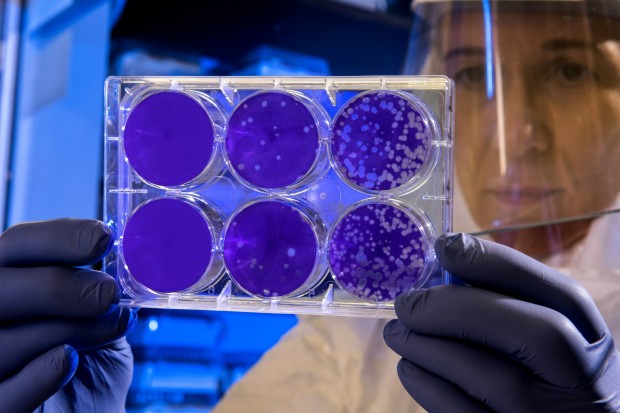Stem Cell Research — Where Do We Stand?
History and Background:
In 1981, scientists discovered ways to derive embryonic stem cells from the early embryo of the mouse nearly 30 years ago. The detailed study of mouse stem cells led to the discovery, in 1998, of the method to derive human embryonic stem cells and grow them in a laboratory.
2006 marked the turning point in stem cell research when scientists Shinya Yamanaka and Kazutoshi Takahashi discovered that multipotent adult stem cells can be converted into pluripotent stem cells. This process avoided the danger to the fetus' life whose embryonic stem cells were obtained for research.
Retroviral mediated transduction of fibroblast with transcription factors that are mainly expressed in embryonic stem cells could induce the fibroblast to form pluripotent cells. These cells were named iPSCs and it opened up a line of research that made the production of compatible and customized cell lines for specific patients possible.
Applications of Stem Cell Research Today:
Today, stem cells have made it possible to understand how a disease process occurs by monitoring stem cell growth into body structures like bones and muscles. Stem cells are now used as a regenerative medicine i-e they are used to replace diseased cells with healthy ones. Stem cells are also used to test new drugs for safety, quality, and efficacy without any danger to humans. For drug testing, the stem cells are programmed to acquire the characteristics of the target cell of the drug.
Stem cell transplant proved to be a revolutionary treatment of the day. In stem cell transplant, the stem cells replace the cells damaged by chemotherapy or the disease. It serves as a way for the recipient's immune system to fight off various cancers and blood disorders like leukemia, lymphoma, neuroblastoma, and multiple myeloma. Researchers are now testing stem cell treatments for cardiovascular diseases like heart failure. If this comes about, it will mark a turning point in cardiology.
Research on the therapeutic cloning of stem cells is also ongoing. Cloning has been successful in a few species but human stem cell cloning is not yet achieved. Scientists believe that stem cells obtained from cloning will have certain advantages over the ones obtained from fertilization because clone cells have fewer chances of rejection after implantation into the recipient. In recent studies, scientists have created pluripotent human cells by manipulating therapeutic cloning in people.

The Future Obstacles:
Scientific and medical advances should be carefully approached to ensure ethics and safety. The first challenge faced by cell and gene therapy contract manufacturing is thoroughly understanding the mechanism by which stem cells function to avoid the fear of the unknown. That is the only way to widespread acceptance.
The efficiency of cell differentiation should be enhanced to make the process more reliable for the patients. Scaling the process is another challenge. Future therapies to make a full organ by stem cells will require millions of functioning cells working in coordination. Bringing this regenerative and innovative process to the general public is another challenge because of fear of acceptance.
Although the challenges facing stem cell research are many and overwhelming, the field is making great advances every day. The graph is only going to go up!
See Now: NASA's Juno Spacecraft's Rendezvous With Jupiter's Mammoth Cyclone
* This is a contributed article and this content does not necessarily represent the views of scienceworldreport.com





Join the Conversation